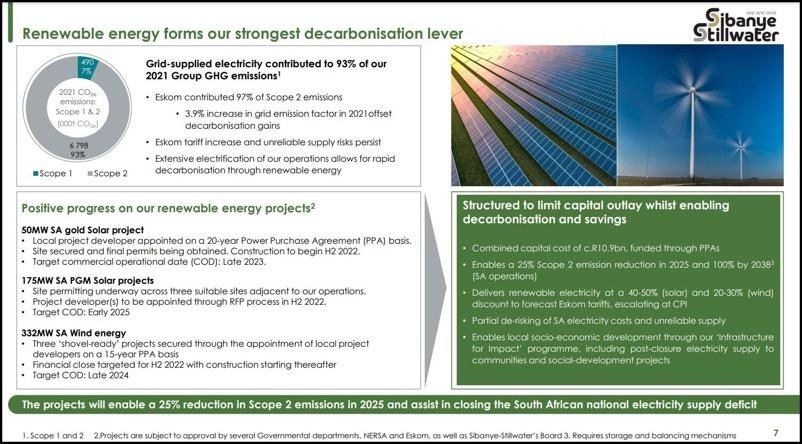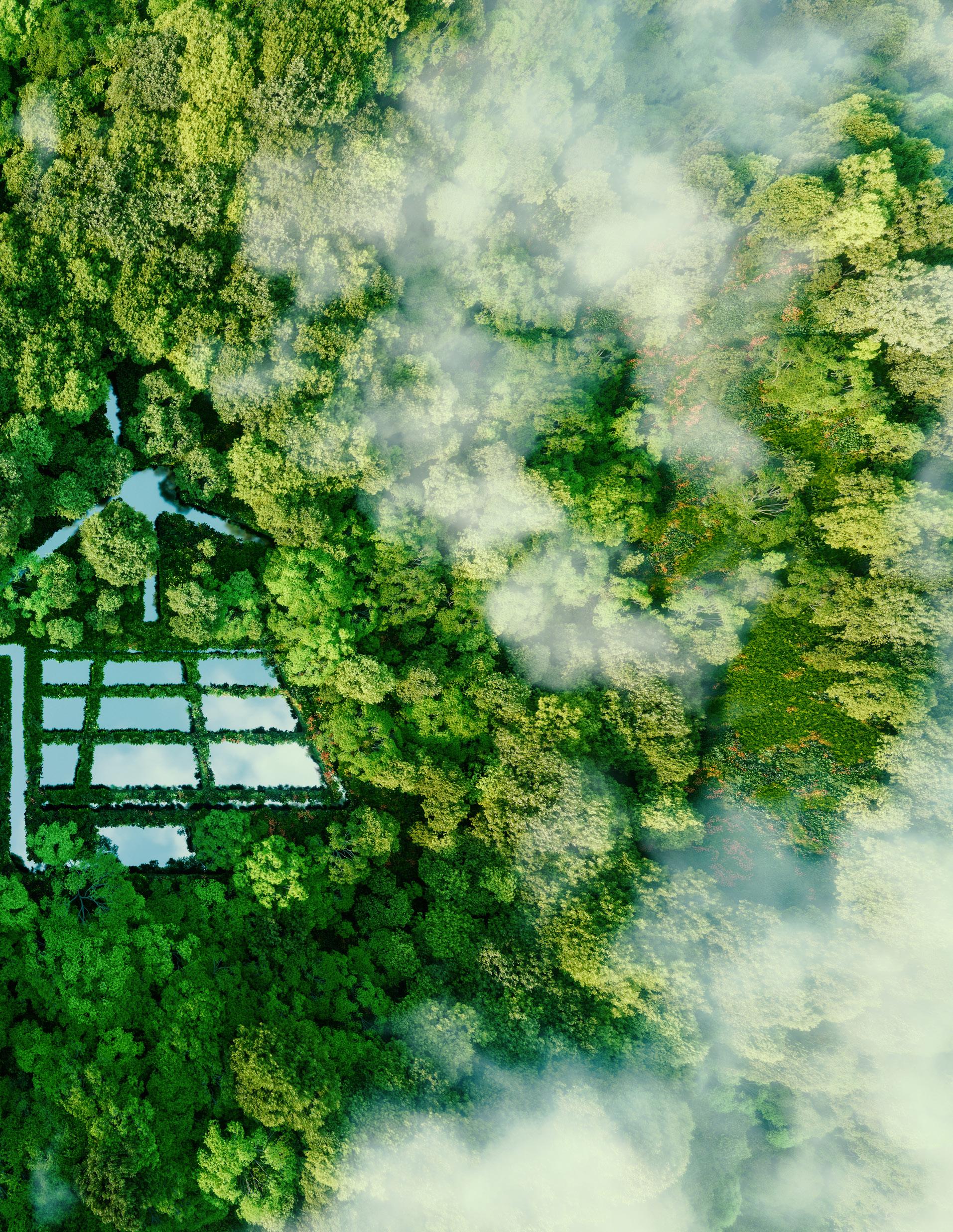
2 minute read
Jevon Martin, Manager - Energy and Decarbonisation, Sibanye-Stillwater
AFRICA EVENT REPORT
POD 3 : UTILITY-SCALE RENEWABLES AND STORAGE FOR SOUTH AFRICAN MINES
Advertisement
INVESTING IN OVER 450 MW OF RENEWABLE ENERGY IN SOUTH AFRICA
Jevon Martin, Manager - Energy and Decarbonisation, Sibanye-Stillwater
Sibanye-Stillwater is an international precious metals mining company. It owns platinum group metal assets in South Africa, as well as deep level underground gold mines. In the US it has platinum group metal assets, as well as a number of portfolio projects across the globe, including lithium, nickel and copper. Sibanye-Stillwater’s South African operations account for 92% of its energy consumption. The company has adopted a 5-pronged strategy for overall decarbonization including energy intelligence; demand side energy management to control energy waste and enhance opertional efficiencies; strategic energy sourcing; new technologies for rapid decarbonisation; and taking accountability for upstream and downstream emissions.
However, the installation of renewable energy in South Africa is a special focus - “its strongest lever” for decarbonization, and as well to manage its “Eskom risk.” “We’ve continued to experience volatility in the grid emission factor which has, in certain instances stifled our decarbonisation efforts,” says Martin. “We also continue to face risk in terms of Eskom above-inflation tariff increases and unreliable electricity supply.”
AFRICA EVENT REPORT
POD 3 : UTILITY-SCALE RENEWABLES AND STORAGE FOR SOUTH AFRICAN MINES
Eskom contributed 97% of Scope 2 emissions, and its 3.9% increase in grid emission factor in 2021 offset the company’s decarbonisation gains. Accordingly, Sibanye-Stillwater is developing a portfolio of renewable energy projects in South Africa including a 50 MW gold solar project, 175 MW PGM solar projects, and 332MW wind energy projects. These are proposed as PPAs and have a combined cost of approximately 11 billion rand.
The projects will deliver renewable electricity at a 40 to 50% discount for solar and 20 to 30% discount in terms of wind relative to the forecast Eskom tariffs escalating at CPI from commercial operation. They will also aid in closing the national electricity supply deficit. However, it hasn’t been easy. In response to a question on challenges facing these projects Martin said: “I think the biggest hurdle is the long lead times in regulatory permits and consents. I think anyone that’s undertaking one of these projects realises there’s a huge amount of these across various governmental departments, NERSA, and Eskom.”

AFRICA EVENT REPORT
POD 4: Green Hydrogen and Mining

AFRICA EVENT REPORT











